King Tut's Tomb Might Collapse, the Louvre Heist, and More: Crossroads Roundup
This month's news in art, archaeology, culture, and more.
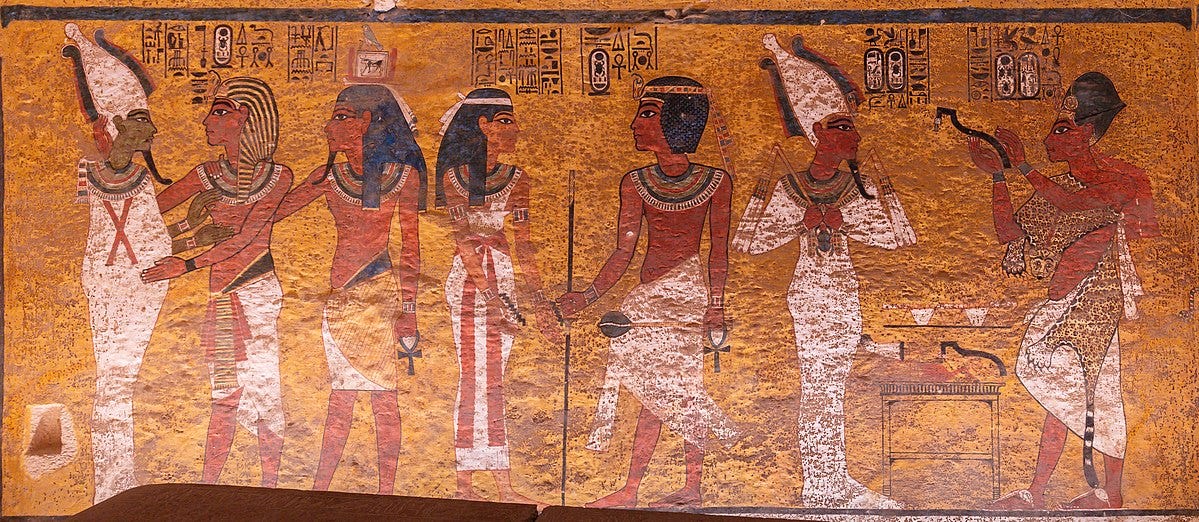
King Tutankhamun’s tomb is in danger of collapsing.
The Egyptian pharaoh Tutankhamun was laid to rest in 1323 BC. He slumbered undisturbed for thousands of years—miraculously, his tomb was never found by thieves, who had been picking through the Valley of the Kings since ancient times. This all changed in 1922, when an excavation team led by Howard Carter and funded by George Herbert, 5th Earl of Carnarvon, opened the tomb for the first time in centuries.
A recent study by Sayed Hemeda, head of the Architectural Conservation Department at Cairo University in Giza, indicates that the tomb’s ceiling is at risk of collapsing:
Flash flooding with heavy rain caused by climate change significantly contributes to the activation of movements along the faults within the Valley of the Kings, particularly the prominent fault that runs through Tutankhamen’s tomb and is easily visible in the antechamber and burial chamber’s ceilings.
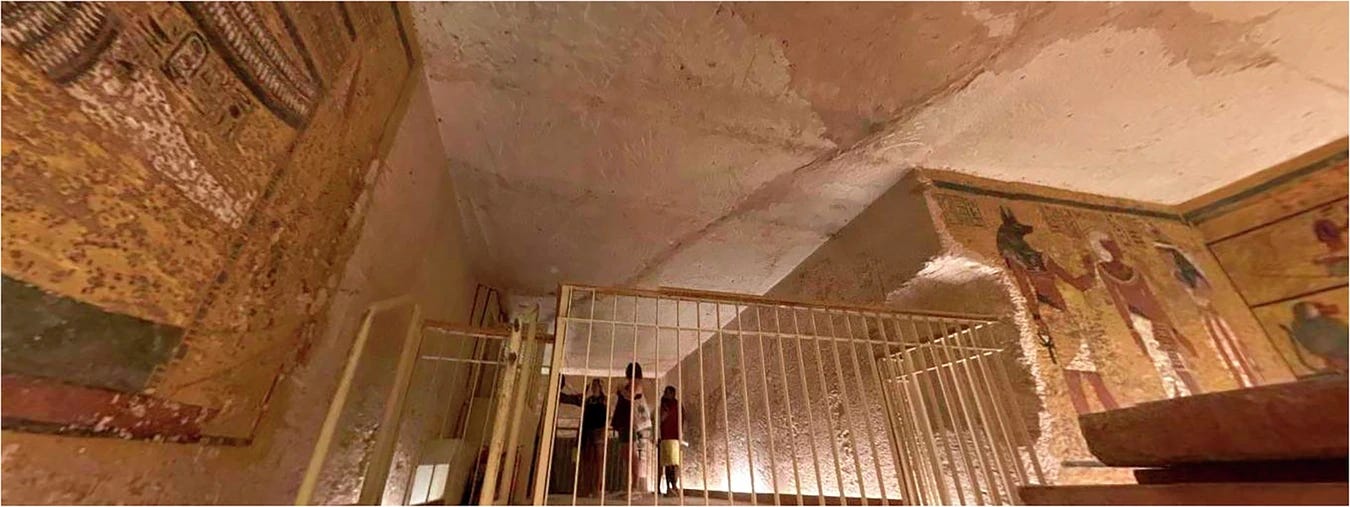
The landscape of the Valley of the Kings is mainly comprised of Esna shale and porous limestone. As Hemeda noted in his report, moisture causes the shale to swell and fracture. Coupled with the weight of the mountain on top of the tomb, this instability allows cracks to form, which in turn causes more moisture to seep in.
Fungal outbreaks on the interior murals have been a consistent issue as a result. To make matters worse, “The presence of brittle rocks under significant stress could result in rock bursting (a sudden release of built-up stress energy), which can appear as sudden explosions.”
The hope is that with this report, Egyptian authorities will step in to ensure that the tomb is effectively preserved and damage from flash-flooding can be effectively mitigated.
The Louvre jewelry heist: two suspects admit partial involvement.
As of my writing this, French authorities have caught two suspects in the infamous Louvre heist. The suspects admitted to “partial involvement,” but investigators believe there are at least two other co-conspirators at large. Paris Prosecutor Laure Beccuau criticized this public disclosure, which she fears will hinder the investigation. The jewels have not yet been found.

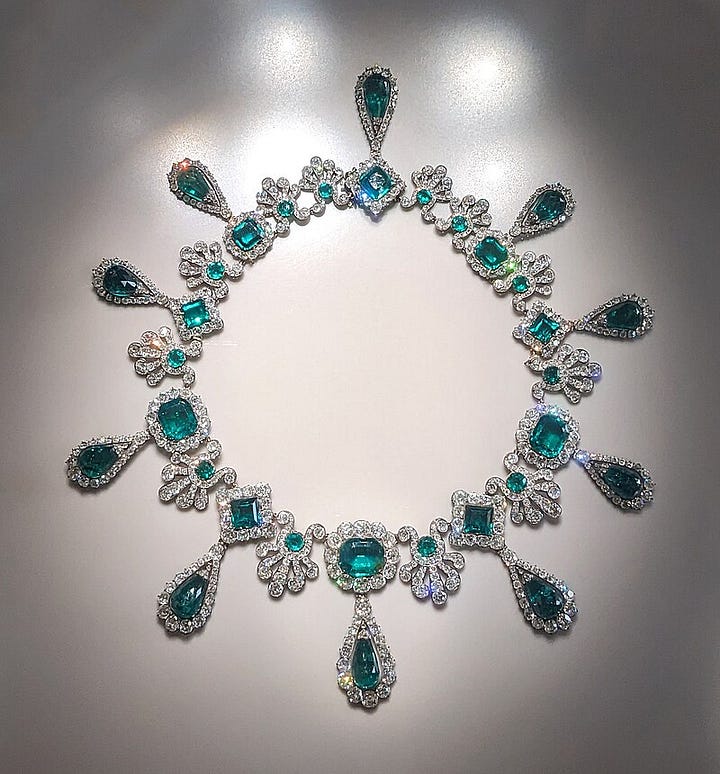
In case you somehow missed it, the brazen daytime robbery occurred on October 19th at around 9:30 AM. The thieves, disguised as construction workers, used a freight lift parked on the side of the Louvre to enter through a window, smash several cases containing French crown jewels, and escape the same way they entered. The startling simplicity of the theft has provoked questions and criticism regarding the Louvre’s security.
What makes this an especially painful loss for France is that most of the country’s crown jewels were auctioned off by the Third Republic in 1887 to pay off the national debt. These auctions were also symbolic in nature—a shedding of the vestiges of monarchy.
The eight pieces still missing have been collectively valued at over $100 million, though some would argue that their historical significance makes them priceless. Among the stolen pieces were an emerald and diamond set given by Napoleon Bonaparte to his second wife, Empress Marie Louise. Also stolen was a sapphire set owned first by Hortense de Beauharnais, Queen of Holland, and later by Maria Amalia of Naples and Sicily, wife of Louis Philippe I; the set included a tiara, earrings, and a necklace.
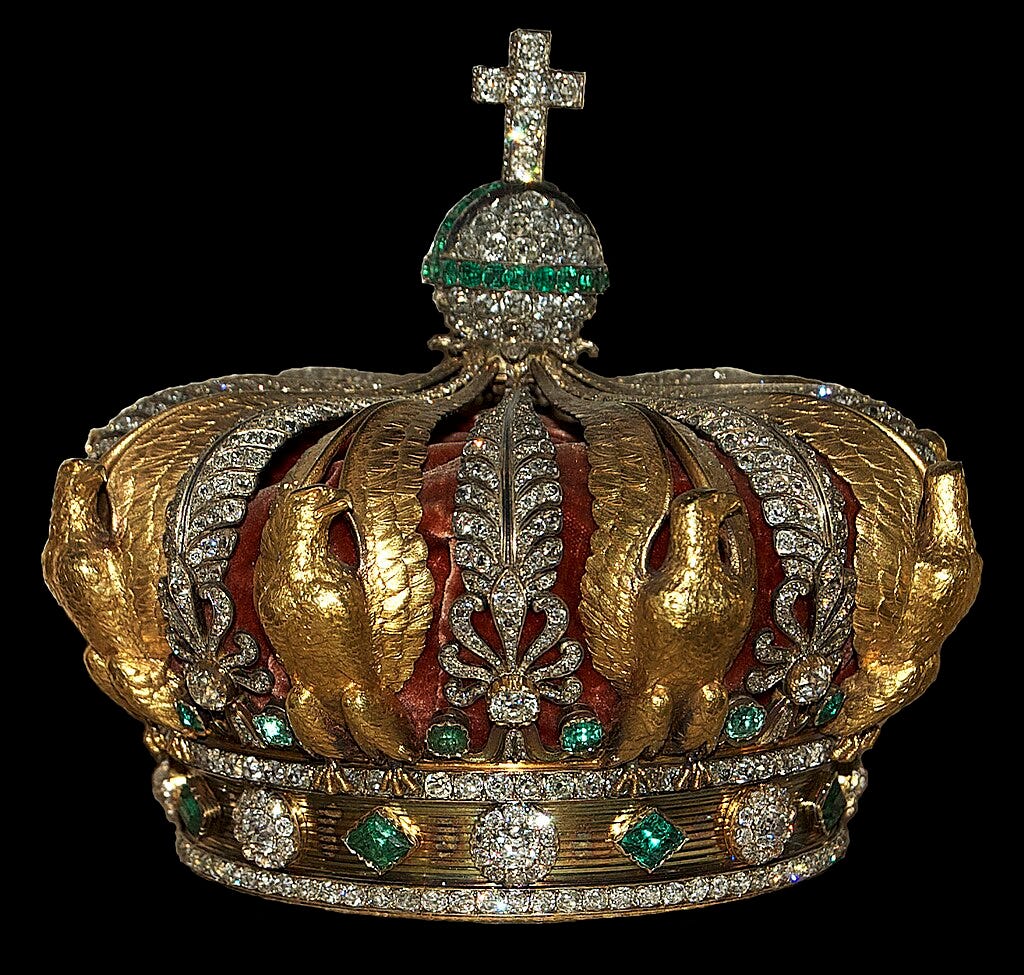
Several pieces owned by Empress Eugénie (wife of Napoleon III) were also stolen. Fortunately, the thieves dropped Eugénie’s gold crown, made for the 1855 Exposition Universelle in Paris, as they escaped the scene via motorcycles. Unlike paintings, which are easily identifiable and therefore difficult to sell on the black market, jewelry pieces can be broken down into individual stones, slightly reshaped, and then resold. If the jewels are not found soon, it will be an uphill battle to recover them.
To learn more about the women who wore these jewels, and how the pieces made their way to the Louvre, I would recommend reading Devorah Lauter’s informative essay on the subject.
The Winchester Mystery House is an icon of Victorian architecture. But is it haunted?
The Winchester Mystery House in San Jose, California is one of America’s most famous haunted houses. Over 24,000 square feet in size, its labyrinthine layout and architectural oddities have captivated visitors for over a century. But behind the mansion’s bizarre design lies the tragic and mysterious story of its owner, Sarah Winchester: the heiress said to have been haunted by the ghosts of those killed by her family’s rifles. Was she building a refuge from restless spirits, or forestalling a horrible curse?
This week’s episode of Fireside Fables tackled the legend of Sarah Winchester and her home. The truth, as you probably guessed, goes far beyond a simple ghost story. Rather, it is a tale of Gilded Age industrialists, westward expansion, and one woman’s vision for an architectural masterpiece.
A few other stories that caught my eye:
This won’t be surprising to those who read last month’s Roundup, but a number of prominent galleries are backing out of this year’s Art Basel Miami Beach. As the art market falls into a period of contraction, gallerists will have to be more strategic about where to show.

In archaeology news, researchers have discovered a 3,500-year-old Egyptian military fortress in the Sinai Desert, as well as a 2,400-year-old Iron Age settlement in the Czech Republic.
Overshadowed by the dramatic Louvre heist was this story about an international ring of art forgers, whom German authorities caught this past month. Among the works they attempted to sell are forgeries of Rembrandt, Pablo Picasso, and Frida Kahlo.
Finally (and completely unrelated to the subject of this newsletter, but in my opinion, hugely important for you to know), otters have once again been hitching rides with surfers in Santa Cruz, California.
And finally, in case you missed it…
This month on Crossroads, I embraced all-things-October with essays on Victorian spirit photography and witches in fine art. I also explored the truly inspiring story of Madame Clicquot, the brilliant businesswoman behind Veuve Clicquot.




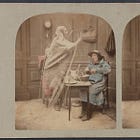

I loved the embedded video about the Winchester Mystery House! I grew up a couple miles from it (and still live nearby). I visited it once as a young teenager with the spooky buildup in mind. I was disappointed by the reality and have never been back (it’s not cheap to visit!).
I continue to be amazed at its popularity and have had relatives visit who had that at the top of their sightseeing list. Marketing!
There could hardly be a landscape less conducive to the preservation of antiquities than the VOK so the survival of any of these tombs for more than a millenium is nothing short of a miracle